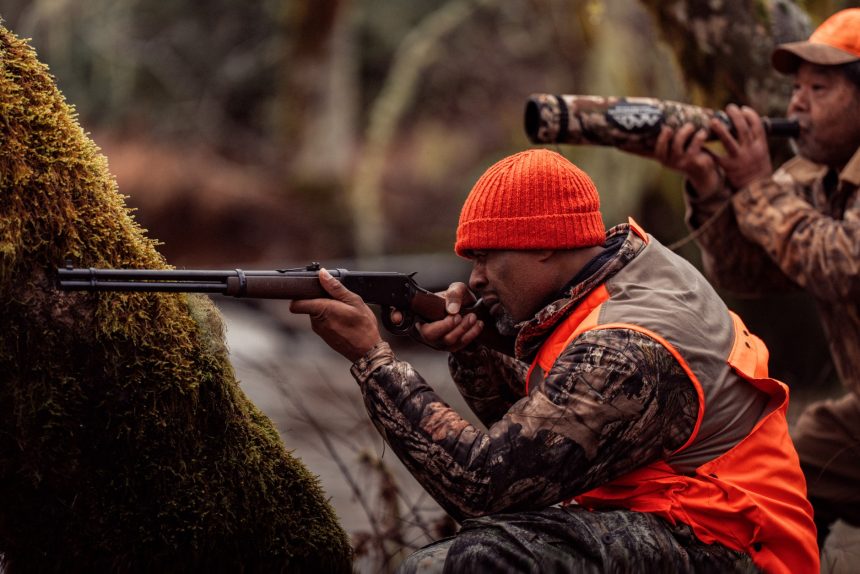By Craig Springer, USFWS
Fishing, boating, birding, and hunting in the United States, each by themselves, are an economic powerhouse for the American people. All these outdoor pursuits are enjoyed by millions over a broad range of household incomes and ages and other demographic characteristics. This is known thanks to the 2022 National Survey of Fishing, Hunting and Wildlife-Associated Recreation (Survey) shepherded by economists in U.S. Fish and Wildlife Service.
The economists wade deeper into the data and ferret out answers to narrower questions that reveal more about how Americans spend their time and money, two commodities which are limited to nearly all individuals of both meager to modest means. These addenda reports have covered birding, fishing, boating, target shooting, and more, proving that outdoor pursuits are an economic engine.
Another addendum to the Survey, Big-Game Hunters: Demographic Characteristics and Expenditures, shows that those who hunt deer, elk, bear, moose, big horn sheep, and wild turkey and other wildlife, create what you might say is a healthy flywheel to an already powerful engine block.
Let’s consider some numbers from that addendum report:
Eighty percent of the 14.4 million hunters in the United States pursued big game animals in 2022. Big game are significantly important among the hunting population. Those who exclusively hunt big game numbered approximately 6.2 million individuals, while 5.3 million hunted big game along with other game such as quail, pheasant, squirrels and waterfowl. Conversely, only 2.9 million hunters pursued other animals but did not hunt big game.
Big-game hunters spent $15.6 billion on trips and equipment with an average of $1,352 spent per big-game hunter in 2022. They hunted big-game 12 days on average that same year. Ninety-one percent of them also have an affinity for watching wildlife—around the home and away from home—feeding bird, photographing animals, putting put trail cameras and planting properties to attract wildlife.
As to where hunters reside, 5.2 million big-game hunters live in rural environs while 6.3 million reside in urban areas. One of every ten people residing in rural areas hunt big game. Big-game hunters aged 35 to 44 years old represented the most populace age group at 2.3 million. The fewest participants ranged 16 to 24 years old at 1.6 million hunters.
Big-game hunters are likely to be married men. Eighty percent of big-game hunters are men; 2.2 million women hunted big game in 2022. Most big-game hunters are White.
Big-game hunting is more popular than pursuing small game. That was not always the case. Big-game hunting became ascendant over small game circa 1985, essentially a blooming of Pittman-Robertson funding and the reliable and consistent funding from a federal excise tax paid by the manufacturers of firearms, ammunition and archery gear. A proxy measure of the success of Pittman-Robertson funding on conservation are the number of big-game hunting seasons that have been added through the years. In 1937, 14 states had no statewide no deer seasons and now they all hold hunting seasons. Also in 1937, 37 states had no turkey season, and now there are seasons in all but one. Hunting is good for people, the economy and is an essential wildlife management tool useful in ensuring sustainable management and harvests of wildlife.
To read Big-Game Hunters: Demographic Characteristics and Expenditures, click here. For more information on the Survey and other addenda, click here.

